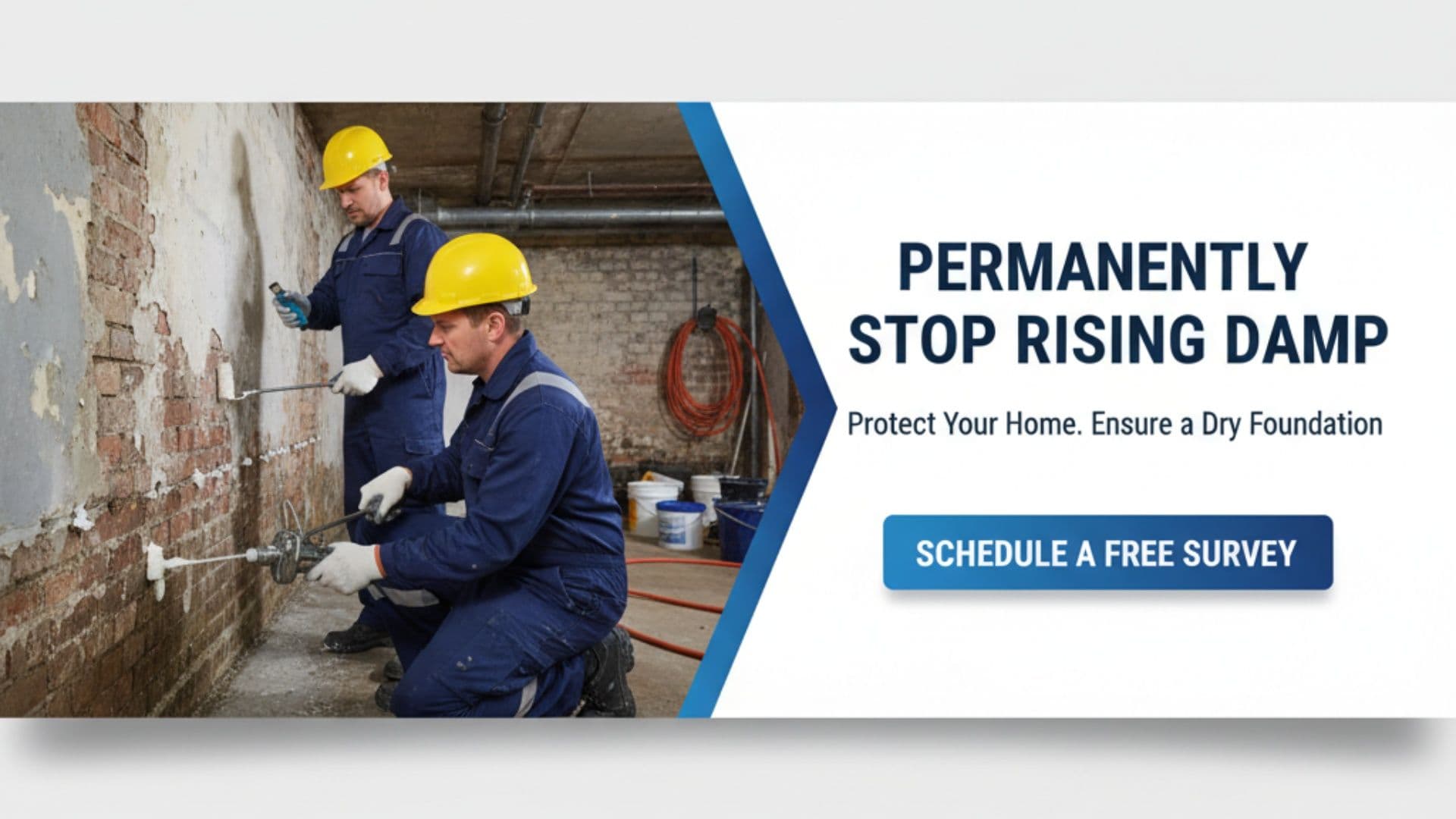Rising Dampness Waterproofing: Signs, Causes, and Effective Solutions for Your Home

November 17, 2025
Discover how to identify rising damp in your property, explore what triggers it, and learn actionable waterproofing strategies to protect your home from long-term structural issues and health hazards.
If you’ve ever noticed weird patches of peeling paint, crumbly plaster, or that musty smell you just can’t seem to shake, there’s a good chance you’ve met the unwanted guest known as rising damp. Rising dampness waterproofing might not be the hottest topic at the dinner table, but if you own—or hope to own—a home, it’s worth understanding. This guide is here to help you spot the telltale signs, get a grip on the causes, and arm yourself with savvy waterproofing solutions that keep your living space safe, healthy, and headache-free.
Why Caring About Rising Dampness Waterproofing Matters
Whether you cherish your home as a personal haven, a family investment, or simply a place to rest your head after a long day, water creeping up your walls can be more than an aesthetic problem. Beyond flaking wallpaper, rising damp can quietly attack the very bones of your home—from the bricks and mortar to your health (hello, mould and allergens). The emotional toll of watching a treasured space deteriorate is real. Imagine inviting friends over for coffee, only to spot suspicious stains climbing your living room wall. Addressing rising damp early isn’t just about saving money on repairs; it’s about protecting what makes a house feel like home.
Spotting Rising Damp: The Signs and Symptoms
Identifying rising damp is half the battle. It usually starts with small hints that are easy to overlook—until things get worse fast. Keep an eye out for these telltale clues:
- Dark, tide-like stains along the lower portion of interior walls
- Peeling paint or wallpaper, especially close to the floor
- Salt deposits (white powdery patches)
- Mould growth and that persistent damp smell
- Crumbly, soft plaster or damaged skirting boards
If you spot any of these, don’t panic. But don’t ignore them either. These symptoms mean it’s time to consider rising dampness waterproofing before minor cosmetic issues snowball into costly structural repairs.
Common Causes of Rising Dampness
So, what triggers this unwelcome moisture invasion? Rising damp is essentially ground moisture seeping up through walls by capillary action—picture how water travels up a paper towel. Homes older than 30 years, or those built with porous brick or deteriorated mortar, are most at risk. Let’s break down the usual culprits:
- Poor or missing damp-proof courses (DPC) in walls
- Damaged exterior rendering
- Blocked or breached ground drainage
- Garden landscaping directing water towards the foundation
Essentially, if water finds an easy route upward—and your property isn’t shielded by effective rising dampness waterproofing—trouble can follow.
Effective Rising Dampness Waterproofing Solutions
When it comes to stopping rising damp in its tracks, you’ve got several options. Let’s clear up the jargon and get practical:
- Injectable chemical damp-proof barriers: Professional installers drill holes at the base of affected walls and inject a waterproofing solution designed to block water movement.
- Membrane systems: Waterproof membranes can be installed during renovation to form a new, reliable barrier against ground moisture.
- Repointing and rendering: Replacing old, cracked mortar and applying fresh render on exterior walls can help seal up entry points.
The best approach depends on your home’s age, location, and level of existing damage. Consulting a qualified WATERPROOFERS specialist ensures you’re not just treating symptoms but tackling the source.
Practical Tips for Preventing and Managing Rising Dampness
Even if you haven’t noticed any signs yet, a little prevention goes a long way—especially with rising dampness waterproofing. Try these homeowner-friendly steps:
- Keep exterior ground levels and gardens sloping away from walls
- Regularly check and maintain guttering and downpipes to direct water away
- Carry out periodic inspections of walls, especially in basements or ground-floor rooms
Staying proactive is often easier—and more affordable—than fixing extensive damage later.
What to Look for When Choosing a Waterproofing Solution
Not all fixes are created equal, and knowing what to prioritize can save a world of hassle:
- Quality and Longevity: Opt for solutions and materials that offer proven durability. Quick fixes may look appealing, but they age fast.
- Sustainability: If possible, favour low-impact and eco-friendly waterproofing materials—less harm for your home and environment.
- Professional Expertise: Rising damp is not a typical DIY project; reliable WATERPROOFERS can diagnose root causes and recommend long-lasting strategies.
A trustworthy provider should always inspect, advise, and explain repairs without hard selling. If you feel unsure about advice, get a second opinion.
Conclusion: Secure Your Space, Breathe Easier
Rising damp isn’t the end of the world, but it thrives on delay and neglect. The good news? Rising dampness waterproofing is a powerful, practical step towards preserving your space—keeping it inviting, structurally sound, and worry-free. By knowing what to watch for, understanding the root causes, and acting early with smart solutions, you can protect your biggest investment and enjoy peace of mind for years to come.
Thinking you’ve spotted some warning signs, or simply want to future-proof your property? Now’s a great time to reach out to WATERPROOFERS in your area, chat through your options, and take action before dampness becomes a drama you never wanted. Your home—and everyone inside it—deserves a solid, dry foundation.